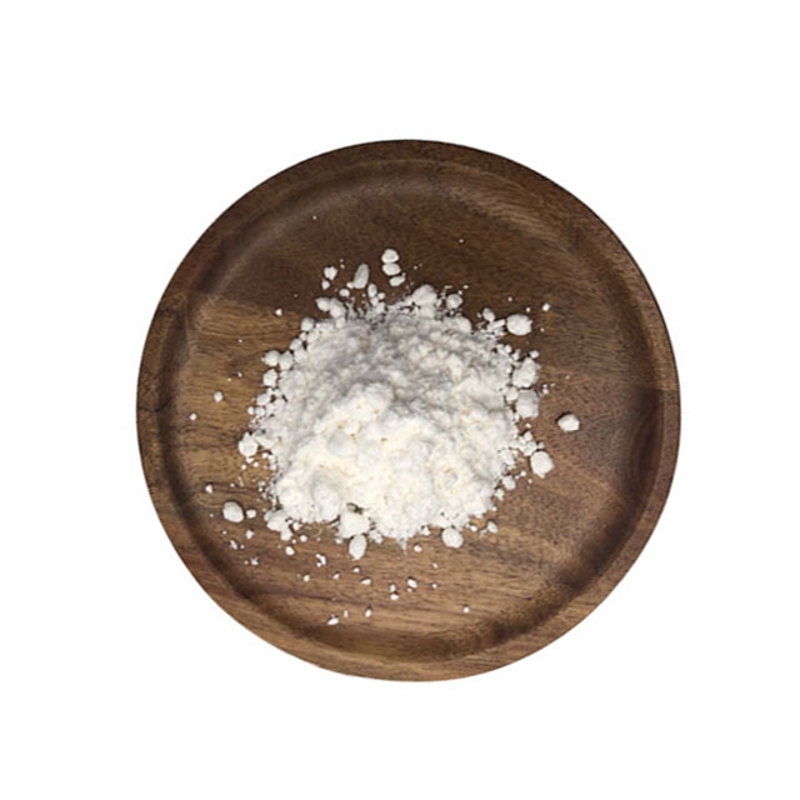-
Categories
-
Pharmaceutical Intermediates
-
Active Pharmaceutical Ingredients
-
Food Additives
- Industrial Coatings
- Agrochemicals
- Dyes and Pigments
- Surfactant
- Flavors and Fragrances
- Chemical Reagents
- Catalyst and Auxiliary
- Natural Products
- Inorganic Chemistry
-
Organic Chemistry
-
Biochemical Engineering
- Analytical Chemistry
- Cosmetic Ingredient
-
Pharmaceutical Intermediates
Promotion
ECHEMI Mall
Wholesale
Weekly Price
Exhibition
News
-
Trade Service
Children's high-level glioma (pediatric high-grade glioma, pHGG) has a poor prognosis; common pathological types are interstitiotic cytoma, glioblastoma, and diffuse cerebral bridge glioma (diffuse intrinsic pontine glioma, DIPG) ;DIPG is a pHGG with unique clinical characteristics.
-free survival (progression-free survival, PFS) was 7 months and the medium total survival (overall survival, OS) was 11.2 months.
there is currently no consensus on pHGG other than radiation therapy.
study, conducted by Erin E. Crotty of the Department of Oncology at the University of Washington's Seattle Children's Hospital, assessed the feasibility and safety of three drugs, temozolomide (TMZ), irinotecan, and bevalizumab, BEV, on the basis of radiotherapy, published online June 2020 in NeuroJcolon.
Study Retrospective Analysis of pHGG children treated at Seattle Children's Hospital from 2009 to 2018 included patients aged 21 who were diagnosed with pHGG or DIPG-compliant histology or radiology.
, on the basis of surgical excision (if feasible) and local radiotherapy, the TTIB treatment with TMZ-Iliticon-BEV triple-drug was used.
specific treatment options are: (1) TMZ: 90mg/m2/d, cycle 28d (TMZ dose of 200mg/m2/d for the first 5d) ;(2) Ilitsicon: 125mg/m2, once every two weeks; (3) BEV: 10mg/kg, once every two weeks.
until a toxic side effect interrupts the TIB program or completes 12 cycles of medication.
the feasibility and safety of TIB treatment by recording toxic side reactions, DNA gene molecular spectrum and survival prognostics in pHGG patients during TIB treatment.
results, 36 children received TIB treatment, including 10 DIPG and 26 pHGG.
patients aged 18 months to 18 years, with a median age of 10.9 years.
detection found 26 genetic mutations, common genetic variants and molecular subgroups included 12 cases of H3 K27M mutants, 2 cases of H3F3A G34 mutants, 4 cases of IDH mutants and 4 cases of super mutants (Figure 1).
15 patients (42%) were treated throughout the 12 cycles of the TIB programme.
66.7% (24/36) patients under one or more TMZ dose adjustments.
most common toxic side effects of TYB chemotherapy, including plate plate plate reduction, accounted for 28% and nausea or vomiting, accounting for 19% (Figure 2).
median event-free survival (event-free survival, EFS) and OS were 16.2 and 20.1 months, respectively, in patients with pHGG, and 85%, 38% and 16% in one, two and five years, respectively.
EFS and OS were 9.3 and 13.3 months, respectively, in patients with DIPG, and the survival rates were 80%, 10% and 0%, respectively, in one, two and five years.
1. Molecular characteristics of genes in pHGG patients.
Figure 2. Toxic side effects of TIB treatment.
conclusion Finally, the author points out that the TIB tridal co-use scheme has good anti-tumor activity and tolerance.
TIB program extends the survival of children with DIPG, increases survival rates by one year, and improves survival rates in children with other types of pHGG compared to previously reported single-drug treatments.
but pHGG cures are rare and there are no DIPG cures.
, the treatment of children with pHGG still needs further study and discussion.
: The intellectual property rights of the content published by the Brain Medical Exchange's Outside Information, God's Information and Brain Medicine Consulting are owned by the Brain Medical Exchange and the organizers, original authors and other relevant rights persons.
, editing, copying, cutting, recording, etc. without permission.
be licensed for use, the source must also be indicated.
welcome to forward and share.
.







